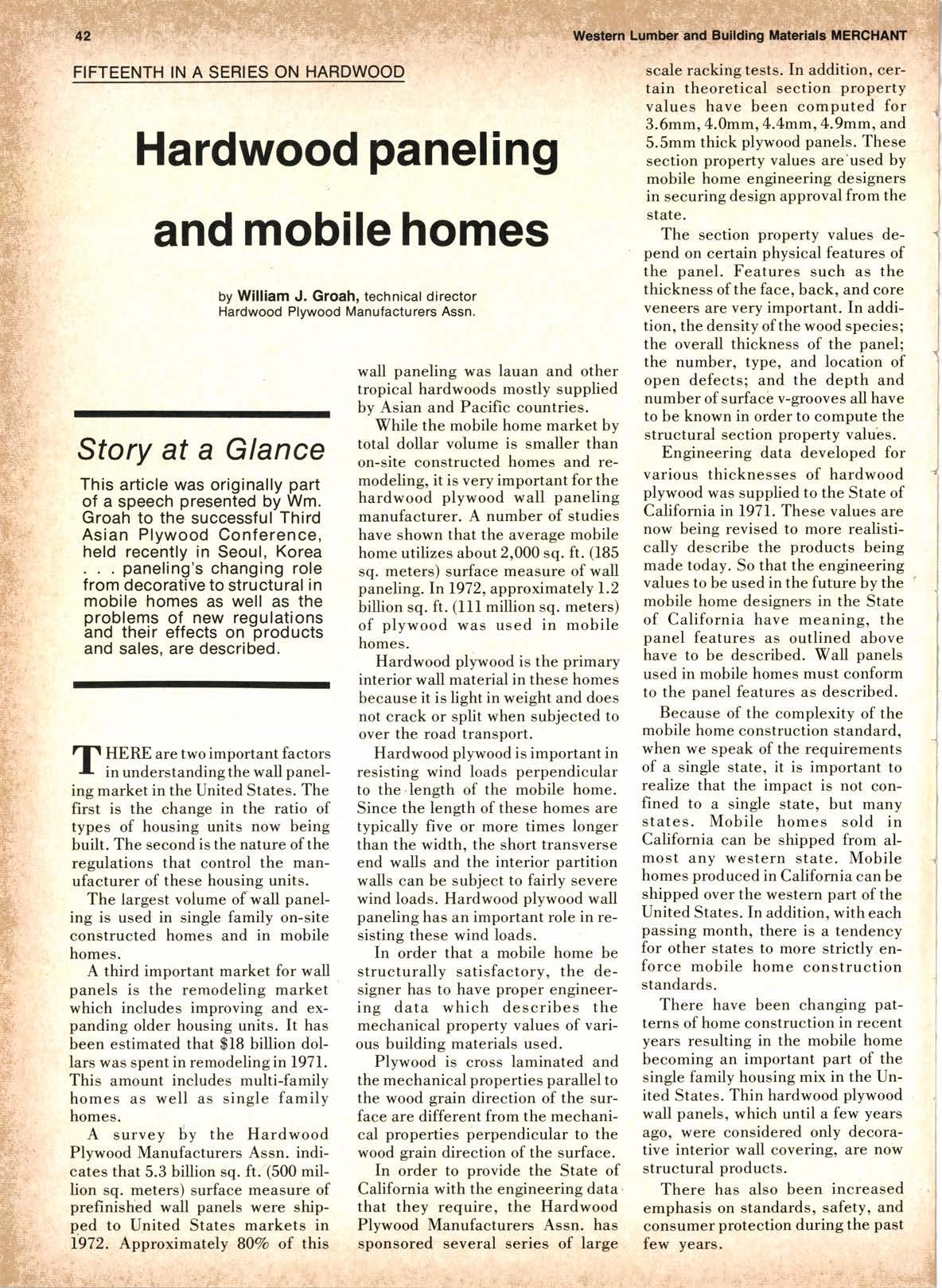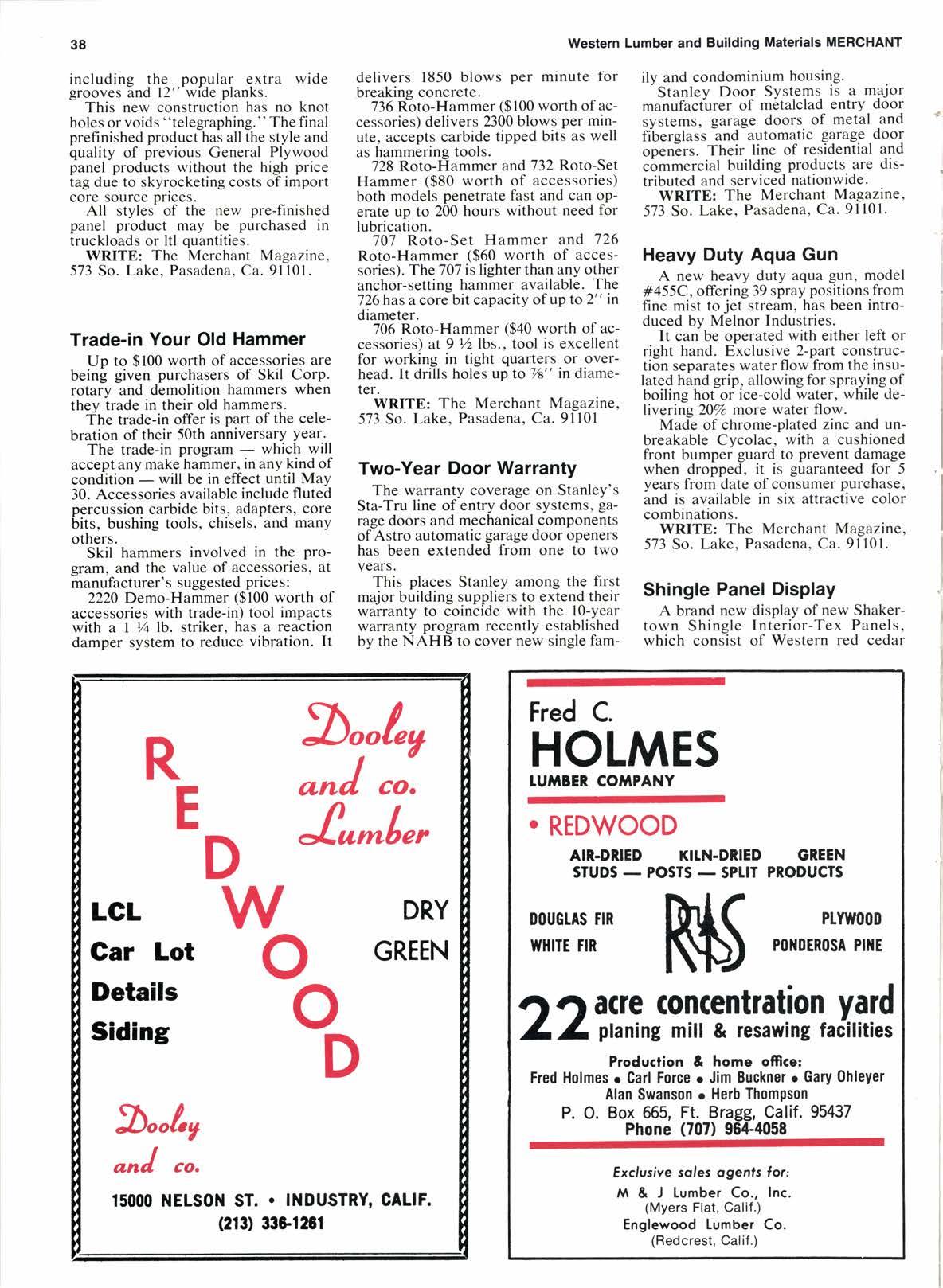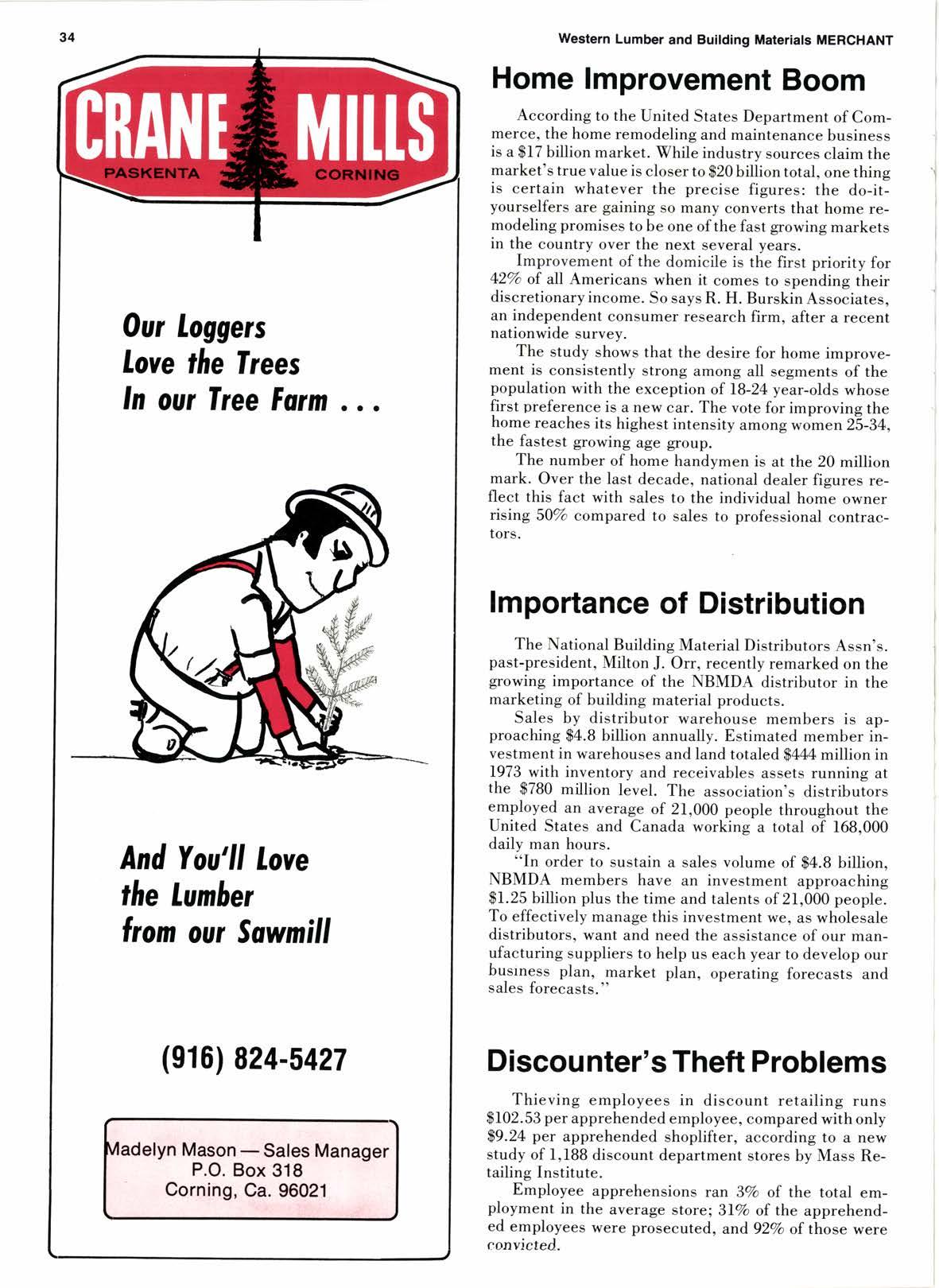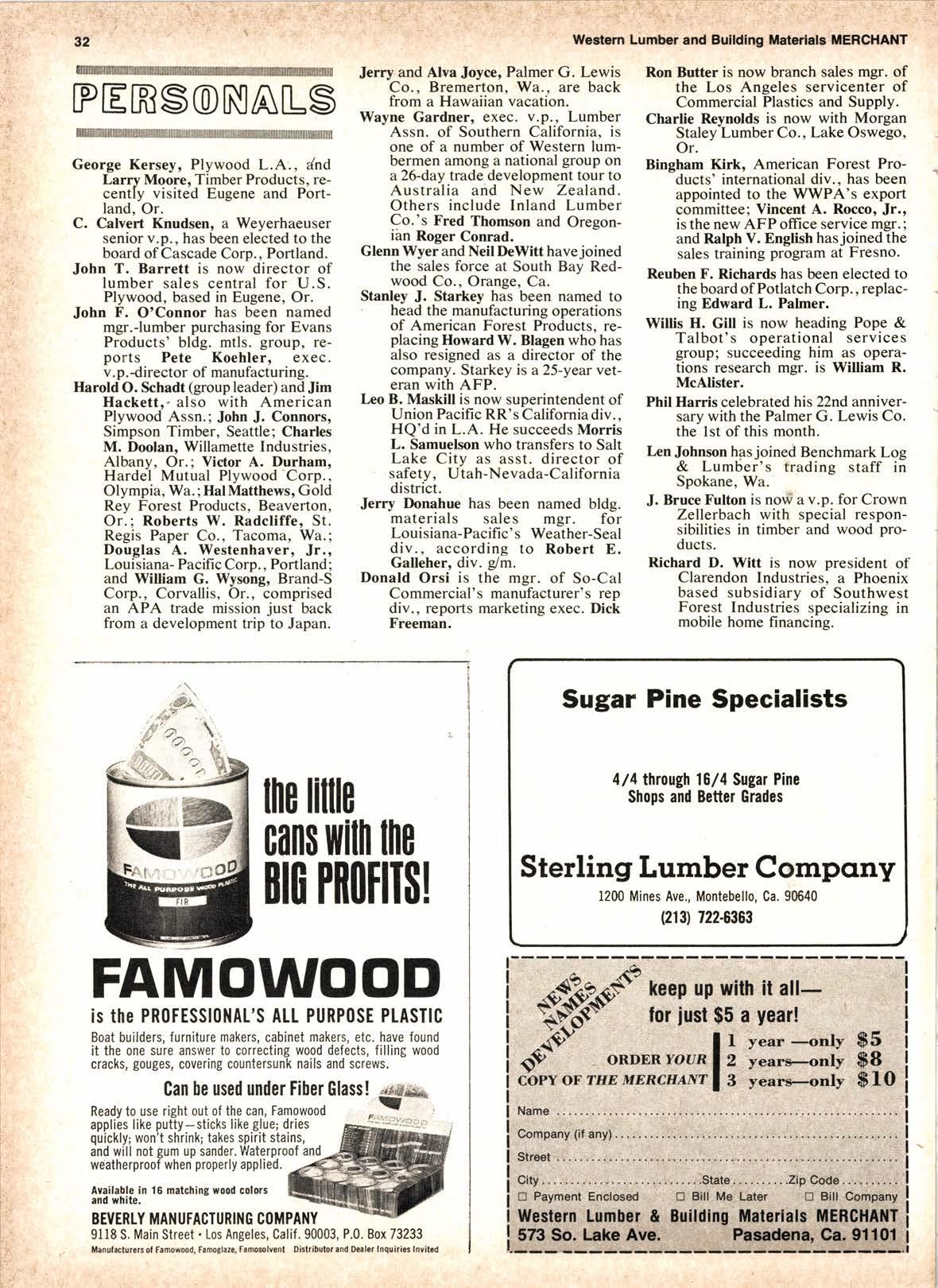
3 minute read
HOW TO SAVE LIFT TRUCK FUEL
By Nat Wells, Manager, Service Education Industrial Truck Division Allis-Chalmers Coro. Matteson, lll.
Saving fuel with engine-powered lift trucks is a definite possibility. It's equally possible with electric lift trucks. Each area of conservation has its own special possibilities, but they also have common considerations.
The common considerations are:
(1) The maintenance of the equipment and the maintenance personnel.
(2) The operator and his manner of handling equipment and cooperating with other personnel.
(3) The scheduler and his approach to lift truck utilization.
Any engine powered device is capable of deterioration in performance, of being overworked and of being used unwisely. Engines are designed for extremely fine tolerances and anything that attacks the finely matched surfaces permanently destroys the efficiency plan.
For exampleo the space between piston rings and cylinder walls is equal to the thin film of oil passing through this space. The tolerance is so close that particles smaller than your eye can see will literally machine away the rings and cylinder bores or sleeves. This tight clearance occurs also where valves and bearings are installed.
The only way particles can enter such tight fits is through buildup of dirt due to poor maintenance, which is, obviously, the starting point for fuel economy in an engine powered lift truck.
Clean engines mean both fuel economy and clean air. A typical lift truck engine is designed to consume a predictable fuel volume under identifiable application conditions. These figures should be used as a basis for starting records on maintenance and fuel consumption. Degrees of departure from the base figure is a clue to more faithful adherance to manufacturerso recommendations or even a little added effort to compensate for especially dirty requirements.
Basic recommendations that directly contribute to fuel savings call for these maintenance practices;
(1) Daily: check battery condition, engine oil level, pressures of pneumatic tires, lift-lower speed and the coolant level. In addition, fill the fuel tank at the end of each shift or the end of a work day.
(2) Eaery 50 hours: lubricate the mast, inspect for hydraulic leaks, service the air cleaner element and check the fluid level of the power shift transmission.
(3) Euery 100 hours: check oil level in drive axle housing and hydraulic system. Check all belts and the seal for the dipstick area. Service the engine breather cap and, if gasoline or LPC, the fuel filter. Clean the radiator externals.
(4) Euery 500 hours: tune the engine of gasoline or LPG vehicles, clean and lubricate the lift chains, check the valve clearance, check the pump timing on diesel engine vehicles. Service the wheel bearings, diesel fuel filter, and PCV valve.
(5) Euery 1000 hours: flush the cooling and hydraulic systems' Change oil in the drive axle, if applicable, and the transmission.
Many of these steps are needed in maintaining electric-powered lift trucks. Maintenance of the drive line and hydraulic system is always a must for maintenance aimed at reliability and energy. conservation.
You can see that cleanup and faithful parts maintenance are common procedures. Points and plugs must operate at peak performance for best results. A visual inspection of these might pass faulty parts. Modern engines with their precise tolerances can be misleading, seeming to be operating well when actually they are well off standard. Checks on engine performance and fuel requirements must be by well-maintained instruments.
Further, the recommended inspection and in-depth tuneup recommended by manufacturers may be performed more frequently than maintenance manuals indicate. Here's why: the manual recommends a proven average cycle based on long term experience throughout the material handling manufacturing industry. But your environment might be more of a hazard to engines than that of the model used for the average.
Here are examples of where experience guides a user of engine powered equipment into a more realistic maintenance cycle.
Story at a Glance

Clearly spelled out ways to save fuel, money and even cut air pollution . both electric and engine-powered lift trucks are covered.
ing operating because the spark plugs were not being fouled by oil sludge. Such fouling increases fuel consumption. In Company "B's'o case, fuel consumption improved approximately 207o.
As a result, Company "B" can conserve approximately 600 gallons a year of gasoline with a fleet of 10 trucks. There is no way to tell how many hours of life were added to the engines. Engines that are handled intelligently have been known to last more than 40,000 hours.
Why is the correct part so impor- tant? On one hand you might say any part that fits should do the job. On the other, you may realize that designers create engines as systems of parts and subassemblies. Usually, performance is warranted based on adherance to the original engine concept.
Among typical parts that must reflect original design are the air filter, because it must physically withstand the application as well as provide proper air; oil filters; internal engine parts, carburetors, etc. A (Please turn to page 28)
Company'oAoo changed engine oil as recommended for its l0 lift trucks. However, an analysis of the oil showed the maintenance superintendent that the change interval could be extended safely. Now, instead of using the equivalent of 105 qts. of oil and 15 filters every 150 operating hours, only 70 qts. and l0 filters are consumed. But there is another path to savings.
Company'oB'o found it had to decrease the interval between tuneups and oil changes from 100 to 85 hours. Although more oil was used for changes, less fuel was burned dur-










